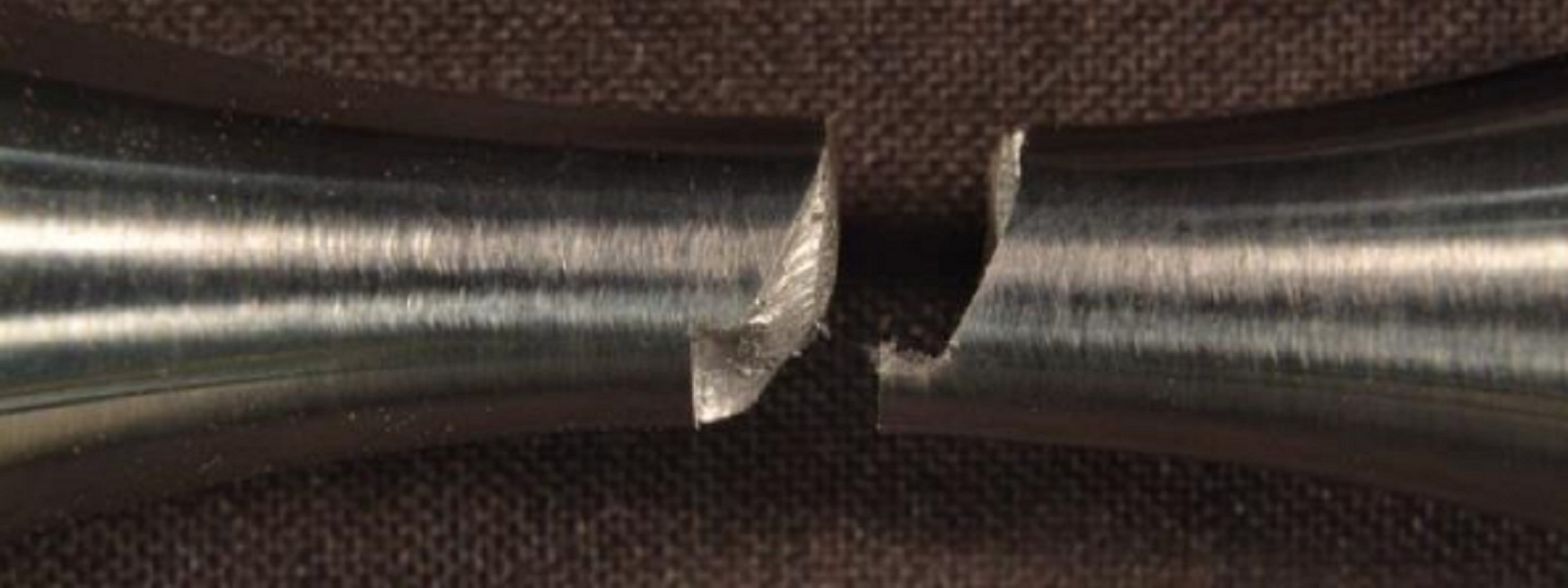The fatigue strength of a material is one of the most crucial parameters engineers consider when designing robust and reliable components, machines or structures. Fatigue is a failure mechanism for components undergoing cyclic stresses, resulting in the development of cracks which propagate and cause structural failure. Historically, if materials did not experience fatigue failure after reaching 107 loading cycles during testing, it was assumed they would not fail by a fatigue mechanism. This is generally due to the time intensive nature of fatigue testing when analysing loading cycles above 107. However, it is also revealed that with high strength metal materials that are hardened or surface treated, internal inclusions become an origin of a fatigue fracture and cause a fracture even at 108 to 109 cycles.
USF operates at cyclic stress frequencies of 20kHz, much higher than standard fatigue test with a maximum operating frequency of 50-100Hz. Therefore, high cycle testing can be completed within reasonable timeframes. The lack of literature about USF urged this research to develop testing and best practice procedures to support further research requiring this technique. Current research is focused on testing at high frequency by assessing the very high fatigue strength of steel welds (>109 stress cycles).
The performance of AISI 4140 steel under conventional fatigue conditions was investigated in parallel to its response to USF. The Young’s modulus of the steel was determined through tensile testing to allow for the design of fatigue specimens appropriate for testing in both USF and conventional fatigue, which enabled a direct comparison between procedures. The microstructure of the steel pre- and post- testing was characterised and compared using optical microscopy and scanning electron microscopy. Specimens’ fracture surfaces were analysed to identify the failure characteristics. Furthermore, numerical analysis was conducted to corroborate the results obtained from both fatigue testing methods using both Workbench and APDL with nCode DesignLife.


